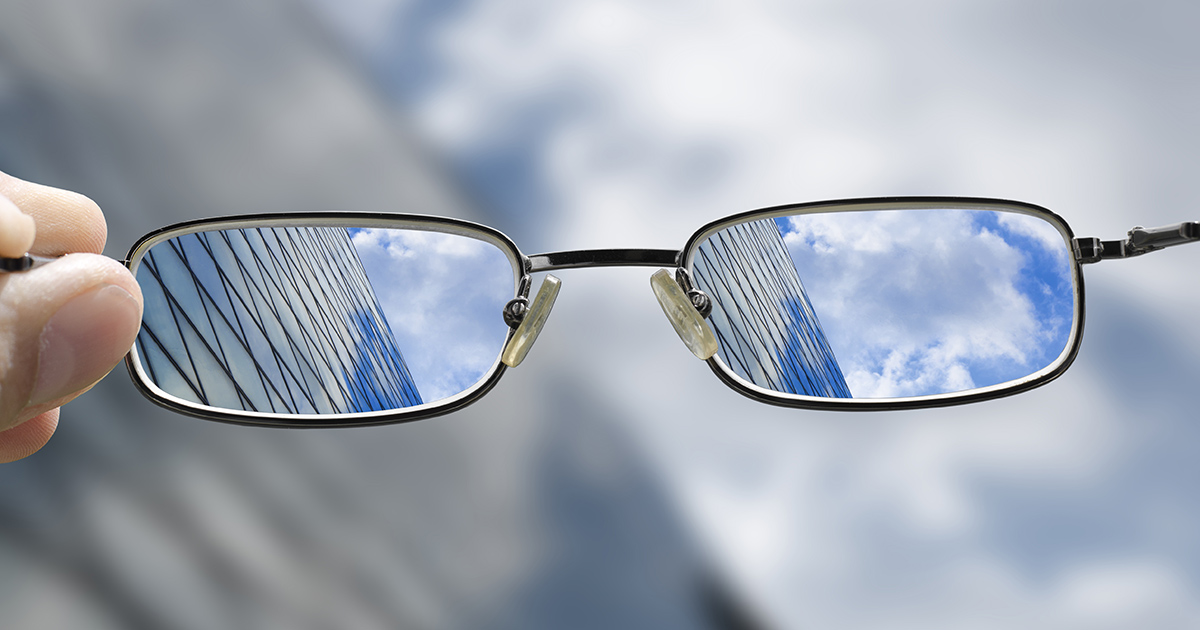Tips For Treating And Living With Nearsightedness
Nearsightedness, otherwise known as myopia, is one of the most common vision conditions. Individuals with myopia have trouble seeing objects far away from them, but they are able to view close objects clearly. The condition occurs when an individual's eye shape causes the incorrect bending of light, which makes images focus in front of the retina rather than on the retina. Nearsightedness might develop rapidly or gradually. It usually runs in families, and it tends to worsen throughout adolescence. Basic eye exams can confirm nearsightedness. Patients may have blurry vision, need to squint, or difficulty seeing when they drive a vehicle. There are a number of ways to treat nearsightedness. Learn about them now!
Wear Prescription Glasses

One of the most common solutions for nearsightedness is to wear prescription glasses. Glasses and contact lenses work the same way. The lenses of the glasses alter the direction of light's rays, allowing the rays to focus on the retina instead of in front of it. For nearsighted individuals, light rays come to a focus point too early. Glasses will diverge the light rays, helping reduce the focusing power of the eye. When the focus point moves backward, the patient is able to see. Eyeglass lenses have powers measured in diopters. For nearsighted patients, lenses will begin with a minus sign. Meanwhile, those who are farsighted will have a plus sign on their prescription measurement.
Uncover the next option for treating nearsightedness now.